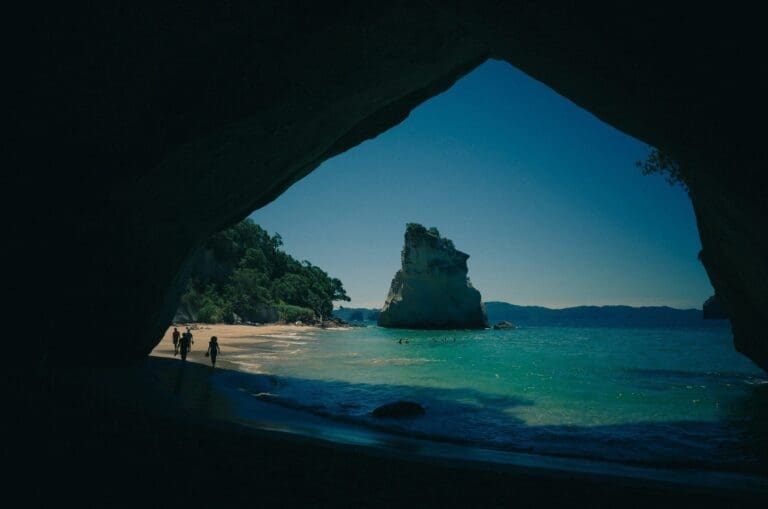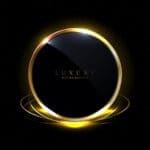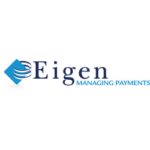 Sometimes when explaining a concept, it’s best to look at the numbers. Before going straight into using hotel rates, we’re going to start small with a bottle of run-of-the-mill wine, a product that’s also dear to our hearts and many other hoteliers.
Sometimes when explaining a concept, it’s best to look at the numbers. Before going straight into using hotel rates, we’re going to start small with a bottle of run-of-the-mill wine, a product that’s also dear to our hearts and many other hoteliers.
While pricing is still a bit of art form, for the sake of round numbers, let’s say market research and cost analyses agree that $10.00 is a good direct-to-consumer selling price. But is that what you list it on the shelves for? No, you advertise it as $9.95 per bottle. You take the haircut of five cents knowing with surety that this minor loss will drive a substantial increase in sales due to the perception of value.
But let’s next attribute significant brand leadership to this wine, so much so that they could get away with charging beyond the ten-dollar threshold at a $10.05 price tag without any sacrifice in sales volume, which on paper is just ten cents more than the previous haircut. In this case, though, we mere mortals don’t stop to evaluate incrementally with pure-logic thought processing along the lines of, “This brand has marginally better cachet over the ones next to it, so this justifies the ten cents increase.” No, we are irrational beings.
For the human brain, the psychological difference between $9.95 and $10.00 is far greater in the consumer’s mind than the difference between $10.00 and $10.05. In fact, because the spread for the latter two is perceived as so small, this wine brand may as well start charging $14.95 or $19.95 in order to maximize gross revenues in accordance with where the next psychological threshold might be.
To understand how this applies to hotel pricing, shift the decimal two digits to the right. A lot of work must be done to justify a four-digit nightly rate, but once you do the sky is the limit.
This doesn’t mean you can charge whatever you want without adding more amenities and services to support your ever-loftier Mille Club position. Note: The Mille Club is our name for hotels that levy a nightly rate in excess of a thousand dollars, Euros, pounds, etc. Rather, crossing the $1,000 per night barrier next entails a significant degree of price discovery to establish new rate maximums according to what guests are willing to pay at a given property in a given market. This could be $1,250 per night; it could be $1,495; it could even be $2,195. But, per our wine example, you definitely wouldn’t stop at $1,005 per night.
Knowing how far to throttle up rate is still a bit of an art form but in 2023 there is a plethora of revenue management and business intelligence tools that can help you to accurately forecast where this upper limit will be. This alone should be one more reason to evaluate this aspect of your tech stack.
All this still says nothing about the service expectations of luxury guests, the amenities arms race that exists for five-star properties and how your comp set changes to reflect global competition (instead of only the local market) given that luxury travelers aren’t bound by distance or sovereign borders. In other words, it’s going to take a lot of hard work to get into the Mille Club, and then even more hard work to flourish and maximize yields once you’re a member.































